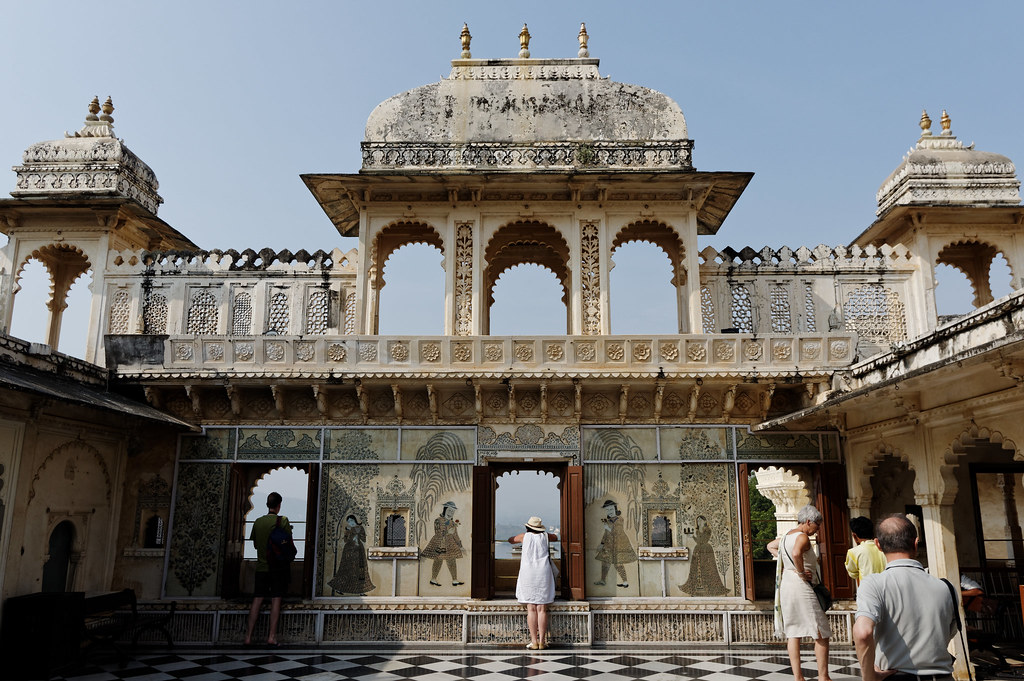 Originally posted by starbase218
Originally posted by starbase218 
Maybe you haven't read my post fully, but I also explained the focus error that can occur when using a wide-angle lens, focus-and-recompose technique and an off-center subject, esp with big apertures. I brought this up because if you don't use such a technique, you will get soft borders in those situations and maybe then test results from a well-done review are not so relevant. But the fault is then your technique to start with. If you improve that then you should get better results. And then, reviews that are carried out meticulously will have more relevance.
Anyway, I think that when a reviewer wants to assess lens sharpness, he should not make any assumptions as to how I focus. PDAF, CDAF, focus adjustments, manual focus, lighting conditions that may have impact on one AF system but not on another... what is he really testing then? What do the numbers say? They could say anything, you just don't know.
Maybe tests carried out like this are relevant to you. But even in that case, the reviewer should describe his testing methodology, so you don't have to make up assumptions on how he is testing. At least then you can determine what unknowns there are and make up your own mind.
But I'm tired of trying to explain, so I'll stop here. Do with this information what you want.
I do understand how reviewers perform their review. I understand why they do this. While it use scientific method, try to isolate one factor from the others it also become really theoretical. Something that you get on studio light with tripod, manual focussing with contrast AF refoccusing border and analysing resolution on test charts, often in black and white with very basic shapes and 2D. Only a few get it to the next logical level, does the measurement on a statistically representative number of samples to compound the QC and sample variation... Even through we all know decentered and defectives lenses are pretty common.
This has little in common with how most shoot in real life. I agree one can use contrast AF and tripod (to everybody check honestly with yourself if this is your main usage). I do avoid focus/recompose myself but this doesn't prevent a bit field curvature that can hapen to you working manually with hyperfocal distance too.
The numbers are interresting but give not that much alone. You need to compound with their relative importance (corner performance wide open is not that important..., perfect sharpness in center only make sense for heavy cropping and huge prints) and many other characteristics more or less reviewed (bokeh, optical aberations, flare) or not at all (contrast / micro constrast, colors, overall rendering, "poping" of subjects, performance at close focus and infinite focus, how the lense work with deph and 3D objects...). This is to be finally compounded with other very important characteristics like size/weight and price.
We get measurement of maybe 10% of what make up a lense and measure it very precisely, meaning in conditions that are not really representative of the typical photographer, even the great ones. For the rest we get almost nothing.
We are in a typical case where many look much too far into some metrix and consider it as key because it is the only info that is easy to measure and get. In the film era for that point it was much better. You could not see 100% crop of your shoots, you would not get reviews of sharpness all over the net so what counted in the end was how pictures actually looked, something that look much more pragmatic to me than the mess we have now where reviewers, photographers and lenses makers concentrates on resolution numbers almost exclusively.












 Similar Threads
Similar Threads 














 Post #73 by Rondec
Post #73 by Rondec








